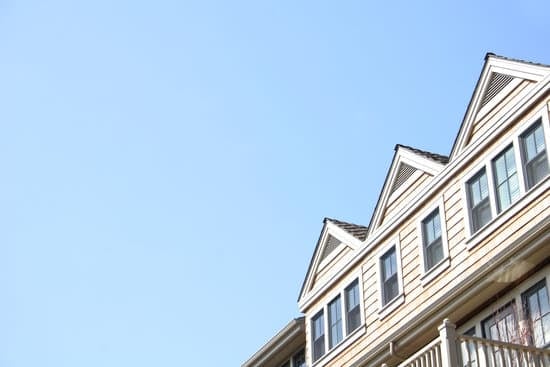The Disadvantages of 5G Home Internet
Limited range of 5G home internet
The limited range of 5G home internet is one of its major disadvantages. This means that homeowners may need to be within close proximity to the 5G tower to access the internet. Additionally, the 5G coverage area may not extend to rural areas or other places that are far from a 5G tower. Even in urban areas, it can be difficult to get access to 5G internet because of the limited range. Bullet Points:- 5G internet has a shorter range than 4G internet.
- Homeowners may need to be within close proximity to the 5G tower to get 5G internet.
- 5G coverage may not extend to rural areas or other places that are far from a 5G tower.
Poor penetration capability compared to 4G
Another disadvantage of 5G home internet is that it has poor penetration capability compared to 4G. 5G signals are unable to pass through buildings or other obstacles as well as 4G signals. This can cause connectivity problems for homeowners, especially those in urban areas where there are many obstacles that can block the 5G signal. Bullet Points:- 5G signals are not able to penetrate through obstacles as well as 4G signals.
- Connection problems may arise if there are many obstacles in the area.
- Homeowners may experience connectivity issues, especially those in urban areas.
Straight-line usage requirement for 5G
Unlike 4G, 5G only be used in straight lines. This means that homeowners may have to position themselves at certain angles to get a good signal. The signal direction is towards the tower, so natural and artificial obstacles like trees and buildings can block or interfere with the signal. This can make it difficult for homeowners to get good 5G signal in their home. Bullet Points:- 5G can only be used in straight lines.
- Signal direction is directed towards the tower.
- Natural and artificial obstacles can block the 5G signal.
Obstacles like trees and buildings can interfere with 5G signal
As mentioned, trees and buildings can hinder or block the 5G signal. This can be problematic for homeowners who have a lot of obstacles in their area. Additionally, the 5G signal is vulnerable to interference from other electrical equipment and appliances. This means that other devices in the home, such as microwaves or routers can cause interruptions to the 5G signal. Bullet Points:- Trees and buildings can interfere with the 5G signal.
- 5G signal is vulnerable to interference from other electronic devices in the home.
- Other devices in the home can cause interruptions to the 5G signal.
Higher frequency of 5G can lead to interference from other appliances
The 5G signal operates at a higher frequency than 4G, which makes it more susceptible to interference from other appliances. This can cause connectivity issues for homeowners in areas with many electrical appliances, like computers, televisions, and refrigerators. In addition, there is a risk of interference from 5G services from other providers, which can cause connectivity problems for homeowners. Bullet Points:- The higher frequency of the 5G signal makes it more susceptible to interference.
- Many electrical appliances in the home can cause connectivity issues with 5G.
- Interference from other 5G services from other providers can cause connectivity problems.
5G infrastructure is still being developed and may not be widely available
The infrastructure for 5G is still in development and not widely available at the moment. This means that homeowners may have difficulty accessing the internet through 5G, even if they are in an area with 5G coverage. Additionally, the installation costs for 5G can be significant, making it less accessible to many homeowners. Bullet Points:- The infrastructure for 5G is still in development.
- 5G may not be widely available at the moment.
- The installation costs for 5G can be significant.
Potential health concerns from exposure to 5G radiation
There are concerns about the potential health effects of exposure to 5G radiation. While there is no conclusive evidence, there are concerns that exposure to high levels of radiation can cause health problems such as cancer and other illnesses. This may be a concern for homeowners who are considering using 5G as their primary source of internet. Bullet Points:- There are concerns about the potential health effects of exposure to 5G radiation.
- High levels of radiation can cause health problems like cancer and other illnesses.
- Homeowners may be concerned about using 5G as their primary source of internet.




















